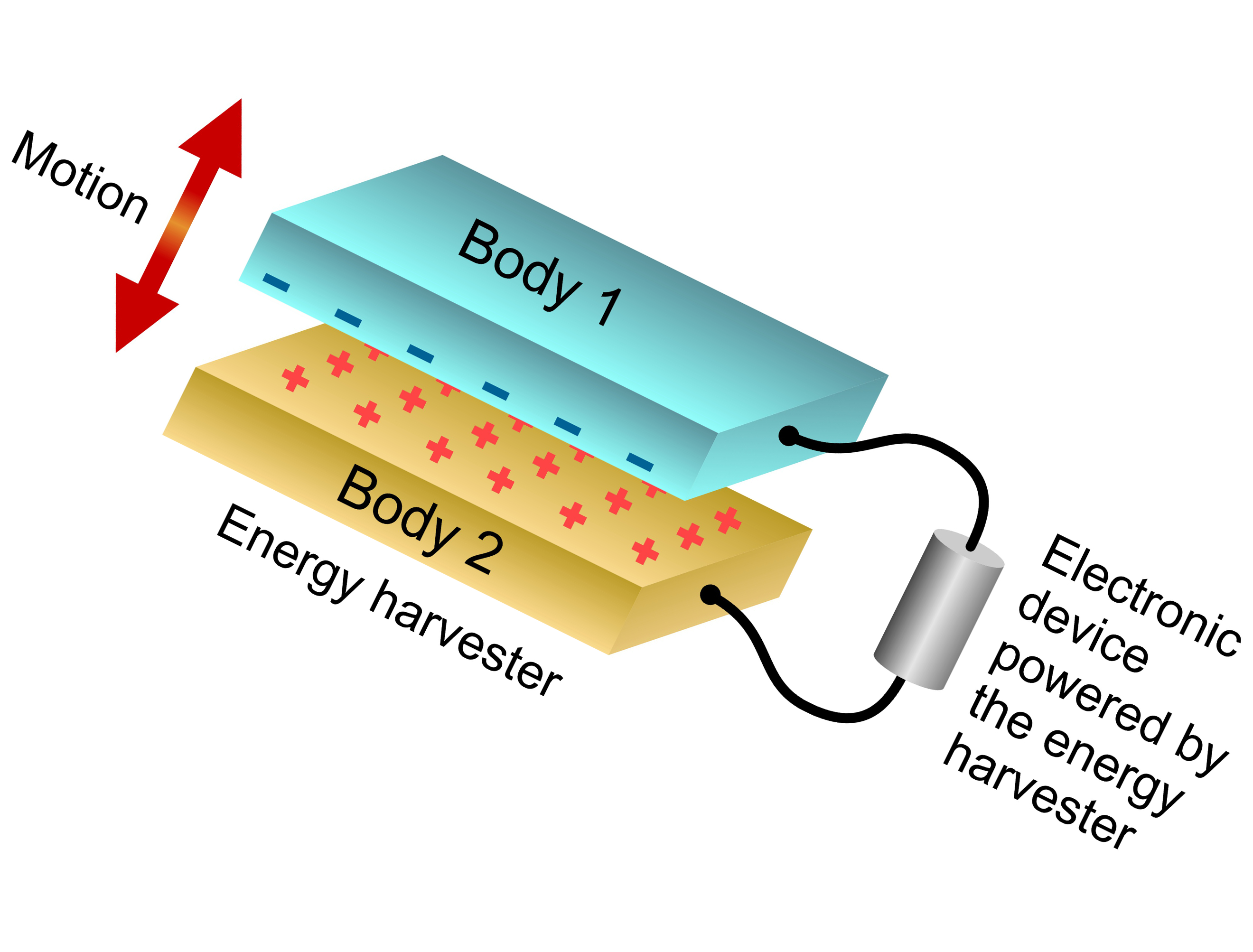Energy harvester hums along
 Engineers in Finland have demonstrated an exciting new technique for generating electrical energy; harvesting power from vibrations.
Engineers in Finland have demonstrated an exciting new technique for generating electrical energy; harvesting power from vibrations.
The new method can be used to gather energy from the mechanical vibrations of the environment and convert it into electricity.
Such harvesters could power wireless sensors and medical implants, entirely replacing batteries in some circumstances.
Research engineers at VTT Technical Research Centre of Finland made the breakthrough by utilising the charging that occurs naturally between two bodies with different ‘work functions’.
Work function is the amount of energy needed to remove an electron from a solid and it determines, for example, the well-known photoelectric effect.
When two conducting bodies with different work functions are connected to each other electrically, they accumulate opposite charges. Moving of these bodies with respect to each other generates energy because of the attractive electrostatic force between the opposite charges.
In VTT’s experiment the energy generated by this motion was converted into useful electrical power by connecting the bodies to an external circuit.
This new energy conversion technique also works with semiconductors.
In many sensor applications and medical implants such as pacemakers, electricity is typically provided by batteries. Research into small energy harvesters that turn mechanical vibration into electricity has focused on piezoelectric and electrostatic devices.
But unlike previous devices, VTT’s technique does not require an integrated battery, electrets or piezo materials.
VTT estimates that the new electricity generation technology could be introduced on an industrial scale within three to six years.
Energy harvesters and new sensing solutions are among the projected megatrends of the near future, as designers move to get more bang for their buck by making equipment that powers itself.
More details are available in the full report, published here.








 Print
Print